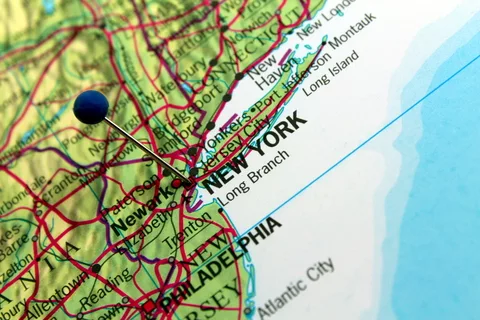
After years of collaboration with industry leaders, the venerable New York City Fire Department saw the 2022 amended Fire Code become law. The code can be viewed at the link below.
Of interest to New York City distillers, in particular, is: Chapter 40, Distilleries.
Since their inception in 2000, the ICC (International Code Council) codes and the NFPA (National Fire Protection Association) standards they reference have provided complete and comprehensive regulations for the construction and operation of distilleries. However, those codes presented four major challenges – particularly to the burgeoning micro distilling industry.
1. Scale: The average micro-distillery is about 5000 square feet. This is compared to factory distilleries whose size is measured in acres or even square miles.
2. Function: Micro distilleries are part of the craft movement, a critical component of which is authenticity. This requires putting the public in the midst of the craft process.
3. Location: Micro distilleries are everywhere from Manhattan to Small Town, USA to the family farm. Previously, distilleries were located in regions with generational knowledge of their safe construction and operation.
4. Chemistry: Alcohol is water miscible. The old saying “water and oil don’t mix” is true. Ethanol, as a flammable and combustible liquid, is altogether different from other flammable and combustible products because it can combine with water to reduce or eliminate the hazard.
As the micro distilling movement grows across the country and throughout the world, these challenges are being looked at by fresh eyes and minds. Professionals and regulators are seeking ways to safely and more simply apply knowledge, currently built into the codes, to this new industry.
They are finding it challenging, to say the least. When it comes to chemistry, physics, flammable liquids, and the possibility of explosions, safe and simple just do not seem to come together. FDNY’s new code is the first to seriously address scale. It codifies regulations for small, medium, and large distilleries. Its Chapter 40 is only 15 pages long. The intent is small businesses and most commercial architects can successfully navigate the code without spending big business money on specialists.
The new code is not one size fits all. However, the department has codified an open-minded approach to working with distilleries that do not easily fit into the three size categories with code paths to “special approval” and “performance-based standards”.
Writing code is hard. Consolidating the needs and thoughts of multiple stakeholders is even harder. The new FDNY code is far from perfect. But it is a good start.
There are others working on this same problem. The City of Denver, the State of Oregon, FM Global, and the ICC. If you are interested in more about this subject, please comment on this blog post. Perhaps we can look further at the changing landscape of distillery regulation in the future.